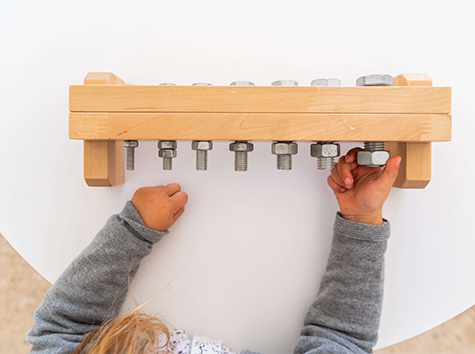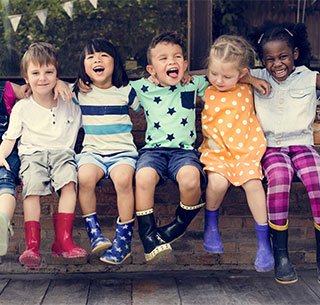

Montessori is a way of life. Even more than the activities and the space is the nature of the interaction between the student and the educator. It seeks to encourage the child’s curiosity and accept them without judgement. In the Montessori approach, the child is their own unique person and educators support them much like a gardener; planting the seeds, providing the right conditions, offering nutrition and adjusting care based on a close observation of growth.
Dr. Maria Montessori was one of the first female doctors in Italy tending to needy children in Rome. She immersed herself in educational philosophy, psychology and anthropology calling her work “an education for life”. Her work drew interest and spread internationally since the children were found to thrive and even exceed state expectations under the Montessori educational structure. Some famous attendees of Montessori education include: Larry Page (founder of Google), Jeff Bezos (founder of Amazon), Gabriel Marquez (Nobel Prize winner) and many more.


